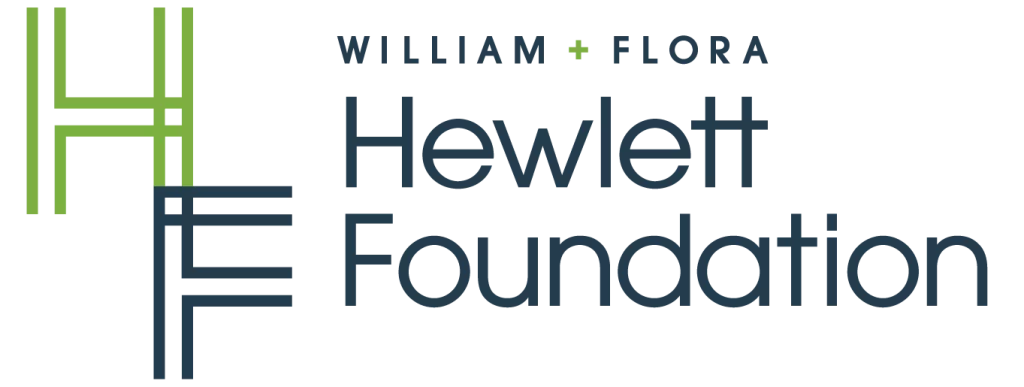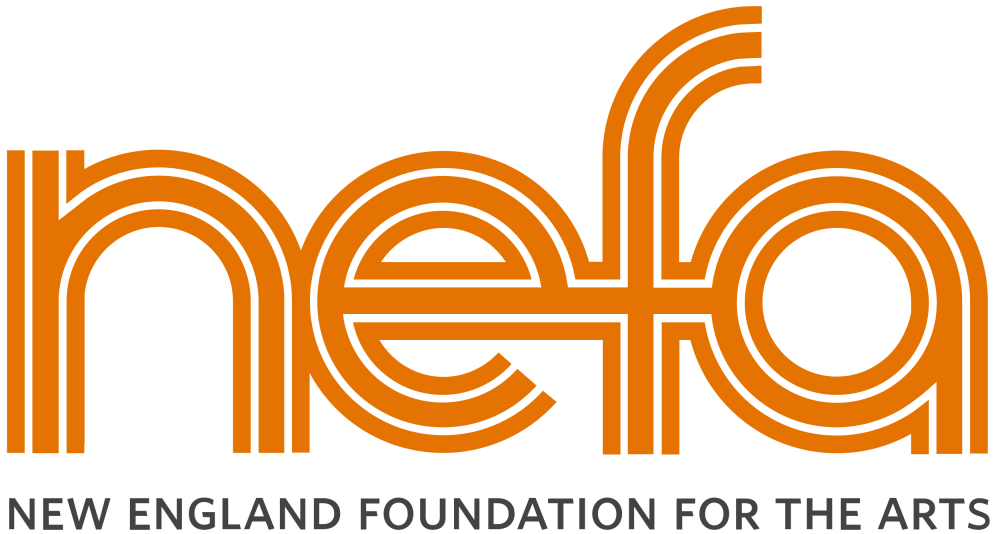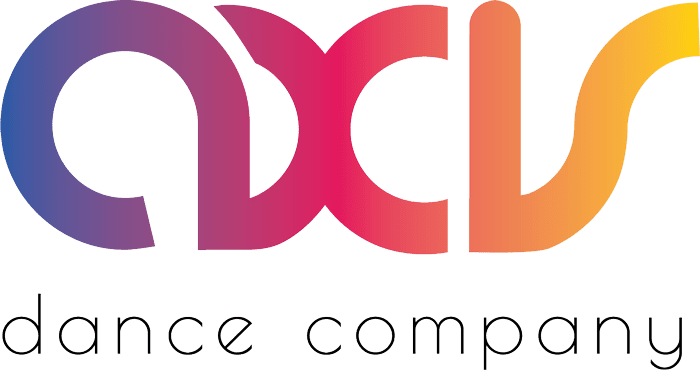Access Guide to Presenting and Touring the Performing Arts
This guide is intended for performing arts venues and presenters, but can also be used more broadly. It is meant to address long overdue work to make dance and performing arts spaces accessible to artists, venue workers, administrators and audiences with disabilities.
It begins with definitions of some key terms and a scan of the artistic field of disability dance artistry.
It then offers 10 guiding principles for access. Each principle includes an orientation, questions to ask yourself, and links to more information.

Document Goals
The goals of this document include:
- Promoting deeper understandings of accessibility in the performing arts
- Supporting presenters, venues, touring staff, and organizations to design their journeys through long-term explorations of- and commitments to accessibility that can better serve their missions
- Spotlighting the innovative practices of disabled artists who hold an immense amount of knowledge and expertise about accessibility
- Making it easier for disabled artists to navigate and excel in the fields of dance and performance
Letter from AXIS

AXIS has been at the forefront of inclusive dance for over 37 years and has always believed in the power of dance to transform lives, challenge perceptions, and ignite conversations.
For us, accessibility is not merely a matter of physical accommodations but a broader commitment to representation, equity, and belonging within the arts. We have long recognized the immense talent and potential within the disabled artists community, and our collaboration with diverse artists, venues, and educational institutions is a testament to our shared vision of a more inclusive and accessible arts landscape.
This guide, the result of tenacious dedication and collaboration with disabled artists from diverse communities across the country, embodies our collective determination to remove barriers and create a platform where disabled artists can thrive. We extend our deepest gratitude to the disabled artists who have contributed their insights, experiences, and expertise to this document. Their voices have been instrumental in shaping our approach, and we are immensely grateful for their collaboration and partnership.
This journey towards greater accessibility in the arts can not happen without the support of performing arts venues, their boards, production crews, programming teams and architects who create these creative spaces for artists to work in. As we embark on this journey toward full accessibility in the arts, we invite you to join us in this vital endeavor. Let us work together to ensure that the arts truly reflect the rich diversity of human experiences.
Thank you for your support, and we look forward to a future where accessible venues for disabled artists are not just a vision but a reality.
Nadia Adame & Danae Rees
Photo by David DeSilva
The Access Guide is Supported By:


